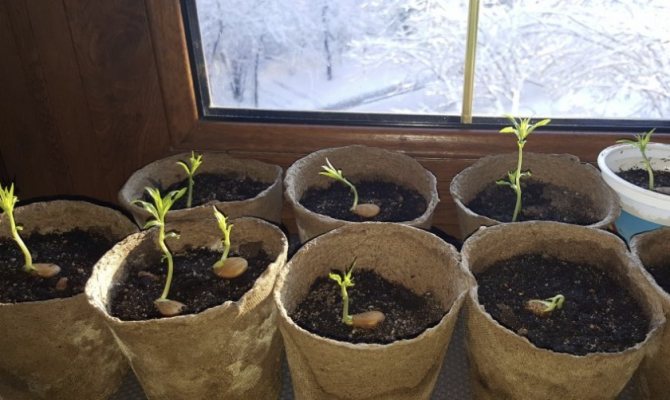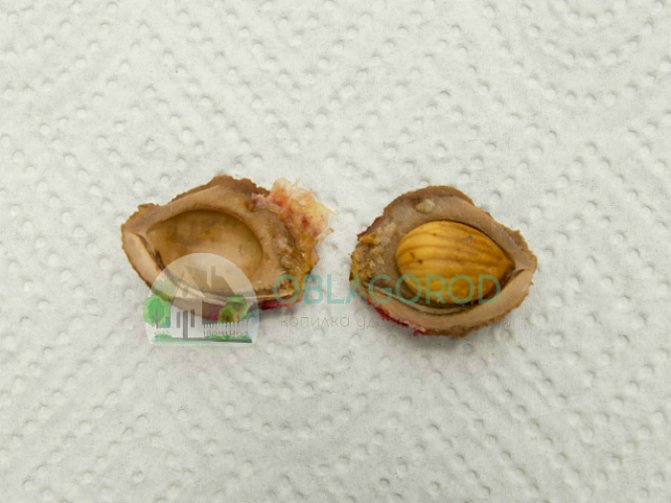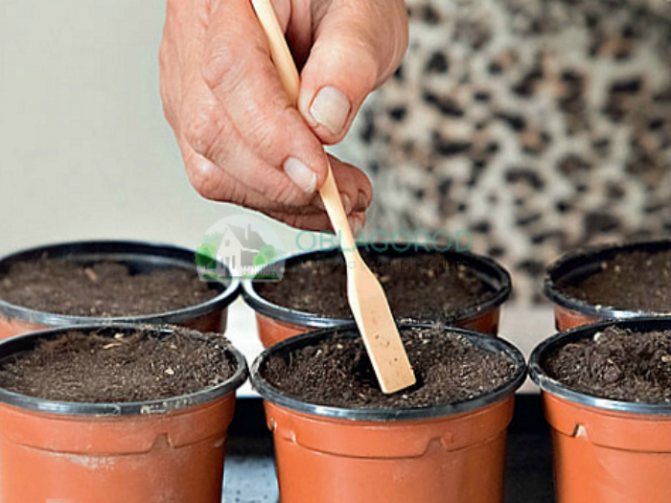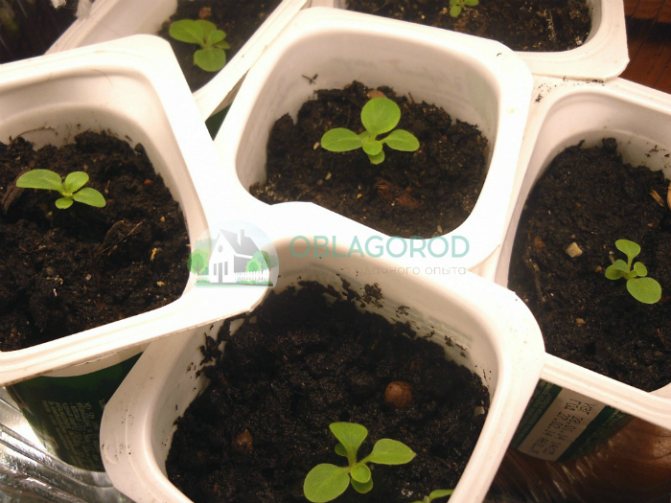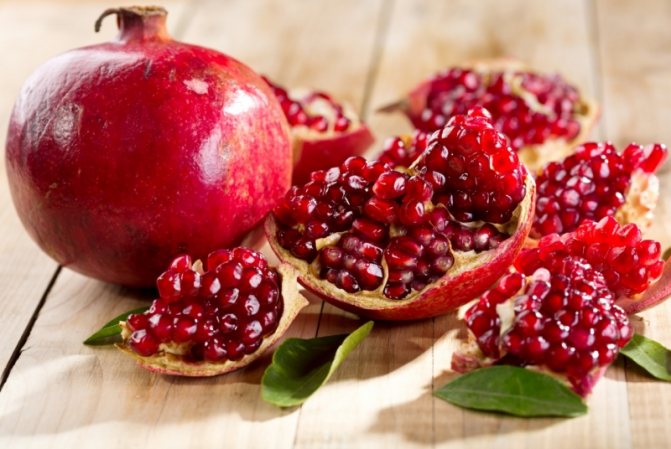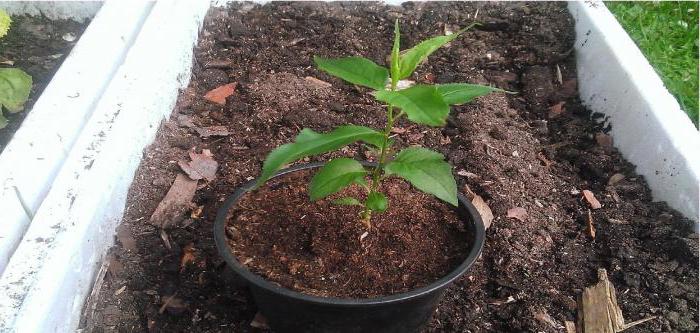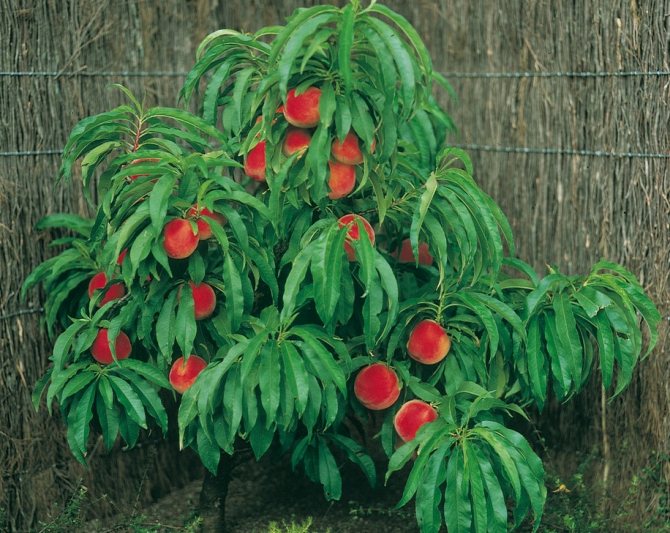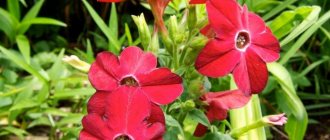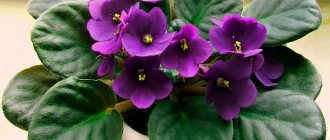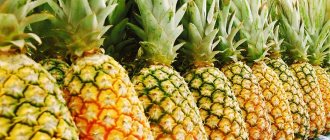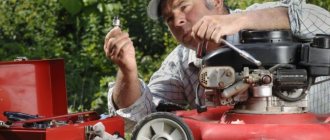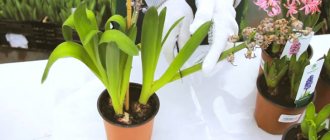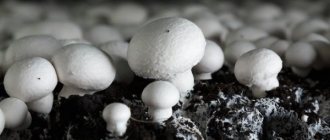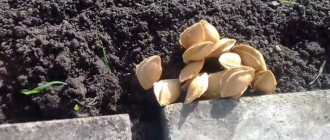Pros and cons of the breeding method
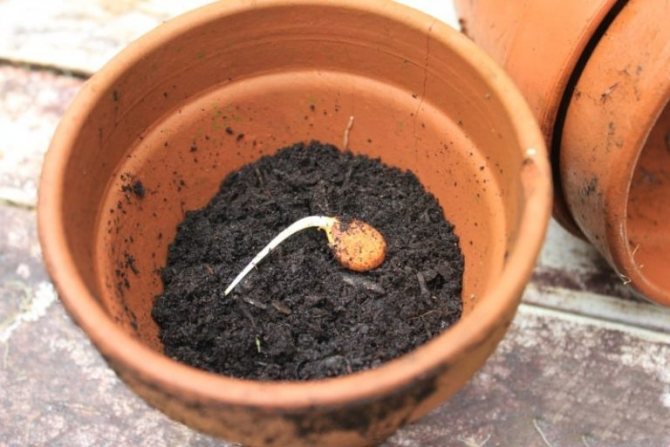
The seed must be germinated directly in the ground. It can be taken from a tree that grows in the climatic zone of the region where it will grow in the future. You do not need to get a bone from a fruit bought in a store. Such seed will be unusable.
Need to know! Seed material is taken only from unvaccinated trees.
According to statistics, only ¼ of the planted seeds can sprout and continue to grow further. It is worth planting several seeds at once to be sure of getting seedlings.
Peach is an exotic plant that grows more often in regions with a warm climate and a lot of sunny days. But there are also varieties that are bred in the northern regions and can bear fruit even at low temperatures. If it is not possible to purchase ready-made seedlings, then you can try to grow it yourself from the seed.
Main advantages:
- low price of planting material;
- you can grow the selected variety of peach;
- the plant adapts well to the climatic conditions of the growing region at home.
Main disadvantages:
- parental traits may not be transmitted to the seedling;
- it will take a long time before the onset of fruiting;
- young plants often die during transplantation;
- additional care is required.
Gardeners recommend choosing varieties that are adapted to the growing region. You can grow a peach from a stone at home, but you need to try. It is required to maintain a certain temperature, humidity and other parameters. Look after constantly.
Peach and pitted nectarine: a successful cultivation practice
Amateur gardeners have already grown, tested and share on the Internet, on forums and in videos, their successful experience in growing these fruit crops from seeds. It turns out that the tree grows and sets the first fruits in the second or third year. Of course, a tree with large fruits will not grow from a southern fruit in the middle zone and Siberia, peaches and nectarines will be smaller, but the taste and aroma will remain.
Nectarine is a subspecies of peach. The plant is not a hybrid, but created by nature. Scientists in vivo discovered such a mutation (peach with smooth fruits) and fixed it by growing cultivated seedlings from its seeds. Therefore, all technologies for growing peach from the stone are also valid for its direct relative - nectarine.
Born in a new region, the tree will adapt to the local climate. however, at the genetic level, this culture is still thermophilic. Although there are winter-hardy peach varieties (Winter-hardy, Frost, White Swan, etc.). Their wood can withstand frosts of -30 ... -40 ° C, but flower buds die already at -20 ... -22 ° C. That is, the tree will grow, but it will not bloom in the spring, there will be no fruit. Therefore, in the State Register of Breeding Achievements of the Russian Federation, there are no varieties zoned for the middle zone and Siberia.
Residents of the northern regions did not accept this state of affairs. They also grow peaches and nectarines on plots and dachas, but in stanza form. As for the southerners, residents of Ukraine, Krasnodar Territory, Crimea, they can grow sweet fruits from the stone without any fear.
It is said that seed trees do not replicate the varietal properties of the parent plant. But no one bothers to select from several seedlings those that correspond to the variety. From them, you can again take seeds and sow the second generation, thereby securing the necessary qualities.
Video: a peach grown from a stone is already bearing fruit
Ways to sprout peach pits
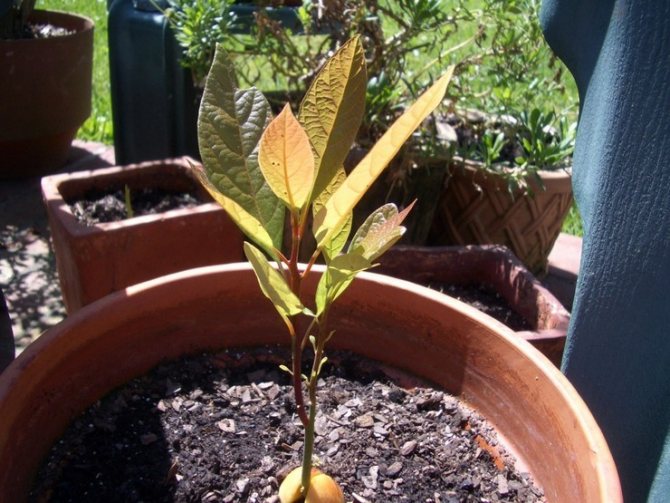

Preference should be given to peaches, which are purchased from summer residents. Peaches bought in the market or in a store often do not reach biological maturity and such peaches will not sprout. The best varieties for sowing in the regions of central Russia are Schlicht's seedling and Kievsky early.
Attention!
Before planting pitted peaches, you need to find out on which tree the fruit grew. Scion-free and self-pollinated plants are most suitable.
In the case when a tree cannot pollinate itself on its own, then for this it is necessary to plant several varieties. You need to plant varieties with an early ripening period, which bear fruit already in early August. But the main point when growing should be given to the choice of growing method. The seed should be taken from a soft, ripe and sweet fruit. Rot, the presence of pests and various spots on the fruit should be free.
The bone must be washed and all the pulp removed, as in the photo. Then the seed is put to dry. This will be the preparatory stage for planting the peach. Gardeners distinguish three cultivation methods.
Cold way
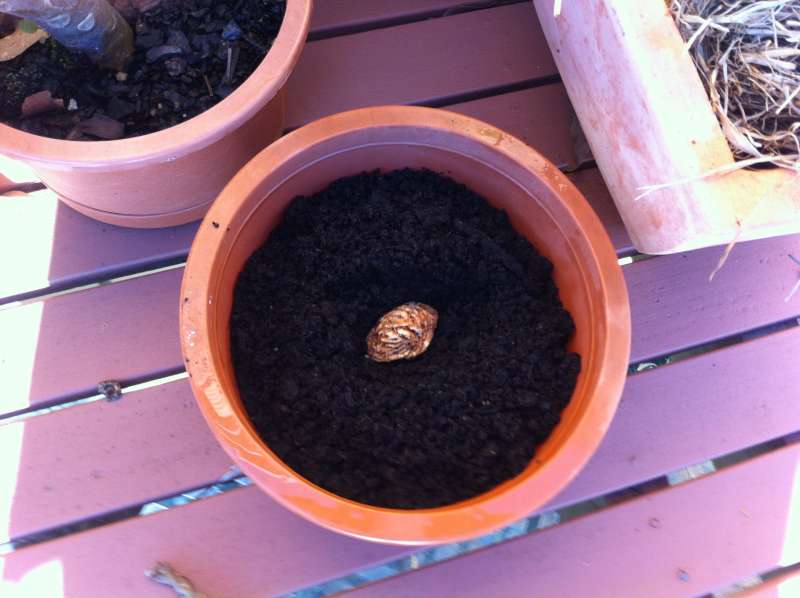

They belong to the methods that are as close as possible to natural growth. In it, in order to sprout a peach, a stratification method is used. Planting material must be kept in wet and cool conditions. This is an imitation of the winter period. To use it, you need to place the plant in the lower compartment of the refrigerator.
Recommendations for sprouting from a stone at home:
- It is necessary to immerse the bones in perlite or wet sand. You can use cleaned peat.
- As a container for planting, flower pots are taken.
- The seed must be buried 5 cm.
- The pot must have holes for the water to drain away. With the help of drainage, moisture stagnation and the appearance of fungus can be avoided. In the absence of holes, the plant can rot.
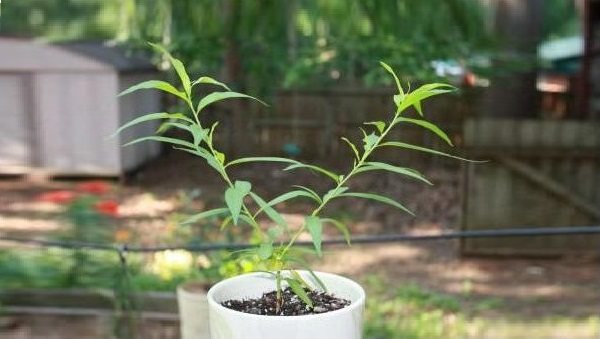

The pot needs to be insulated, especially if an autumn planting is planned. For this, a plastic bag is put on it. Several holes are made in it for oxygen supply. With this method of growing, the seed will germinate for several months. The moisture content of the sand should be monitored. When the first shoots hatch, the plant must be removed from the cold room and transplanted into fertile soil. You do not need to bring the pot to a warm room immediately. The temperature should be kept at around 10 ° C, sunshine should be sufficient. After 5-7 days, the plant can be brought into the room.
It is required to ensure constant watering depending on the drying out of the soil. This method is effective, the germination percentage is high, up to 70%. Even inexperienced gardeners can plant a peach in this way.
Warm growing method
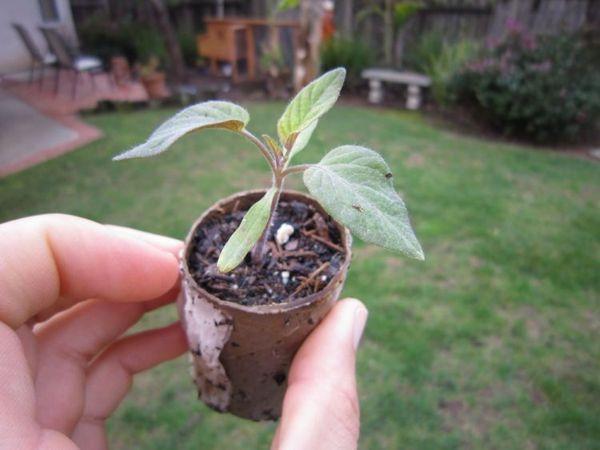

This method requires the preparation of seed material. It is subjected to accelerated stratification in a cold room, but already on the top shelf of the refrigerator. This procedure can take up to several days. Then it is necessary to slightly violate the integrity of the hard shell of the bone, make a small incision. Next, the scarified bone is placed in a solution with a stimulating substance:
- Epin;
- Kornevin;
- Heteroauscin.
The prepared bone should be planted in light soil to a depth of about 5 cm. To create a greenhouse effect, a plastic bag is put on the pot, with a small number of holes for air ventilation.
On a note!
Germination takes place in a warm room and can take three to four months.
When sprouts appear, the polyethylene can be removed.The duration of the germination period is due to the fact that the peach first develops the root system, and only then the formation of the tree itself.
Fast growing method


If you need to germinate the seed as soon as possible, then you can use the following method. The seed should be carefully removed from the shell, washed and dried. Can be placed in warm water or placed on a dampened cloth. The seeds should be kept outdoors to avoid mold.
The napkin is regularly moistened and the water is changed regularly. When the first sprouts appear on the seed, you can start transplanting it into a pot. The container should be in a warm room. It should be remembered that at any stage of cultivation, you need to constantly monitor the overdrying and waterlogging of the plantings. The soil should always be moist.
Advantages and Disadvantages of Bone Propagation
Seed propagation is considered the easiest and most reliable method. But even with this method, you can find some disadvantages, and they must be taken into account. The main disadvantage is that a tree planted at home with a bone is likely to lose its varietal qualities. This is explained by the fact that the seed ovary is formed by cross-pollination, because of which the fruits in the future may not have the qualities and characteristics of the mother tree.


Fruits in the future may not have the qualities and characteristics of the mother tree.
To find out the "sex" of the selected plant, wait for its fruiting, which occurs approximately in the fourth year.
But the pluses include the fact that a plant grown from seeds is usually much more resistant to diseases and pests, low temperatures and other unfavorable conditions.
Plant care: step by step instructions
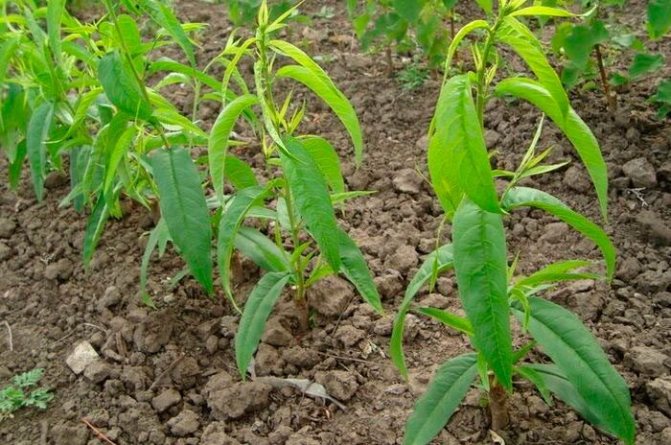

To grow a strong and healthy plant, you need to make enough effort and follow a number of recommendations. For planting a peach, you need to choose a loose, light and sufficiently fertile soil. It can consist of several parts:
- garden land;
- peat;
- humus;
- sand (agroperlite).
Temperature plays an important role. It is necessary to choose as close as possible to the room. The plant does not like drafts and sudden temperature fluctuations.
On a note!
For active growth of young seeds, there should be enough light, but the sun's rays should not hit the leaves to avoid burns.
With a lack of light, especially in the autumn-winter period, it is necessary to create additional lighting with phytolamps or fluorescent lamps.


Water moderately and regularly. Watering should be done with warm, settled water. During the dormant period, the plants are reduced in moisture. Regular watering is resumed when the first buds appear. In the spring, the plant needs a sufficient amount of nutrients. Peaches need to be supplied with mineral and organic fertilizers. Fertilization is carried out once every 14 days. In the fall, feeding is stopped and only nutritious humus is used.
Depending on the growth, the plant needs to be transplanted into a larger pot. This must be done in early spring or autumn. When the shoots grow back, it is required to start forming the crown. Pruned when the height of the trunk exceeds 70 cm. Fruiting mainly occurs on the lateral shoots, therefore, it is not necessary to allow the growth of seedlings to the top.
It is necessary to pinch off the shoots reaching the sides of the tree annually. The crown of the tree should look like a bowl. In the first years, only the top of the tree should be pruned. In the second year, only the lateral shoots are pruned.
Very often, in the spring or autumn, insect pests (ticks, aphids, weevils) or various diseases may appear on the tree. For protection and treatment, you need to use fungicides:
- Fufanon;
- Fitoverm.
These drugs must be dissolved in water and treated with plants.Up to 3 sprays are carried out per season. When diseases appear (powdery mildew, cytosporosis, curliness), it is necessary to use chemical preparations aimed at eliminating the disease.
As a preventive measure, you can use top dressing, clean the root trunk of foliage and weeds. In spring, the stem of the plant is whitewashed with lime so that the stem does not crack under the hot rays of the sun. If the rules of planting and care are followed, the tree will grow strong.
How to properly shape
Formative pruning is carried out in early spring, before the leaves bloom, and sanitary pruning - in the fall, after leaf fall. The crown of the tree is formed in the form of a bowl. In the first year, only the top of the tree is cut. On the second, 2 branches are left on the sides, the rest are cut off. They are also slightly shortened.
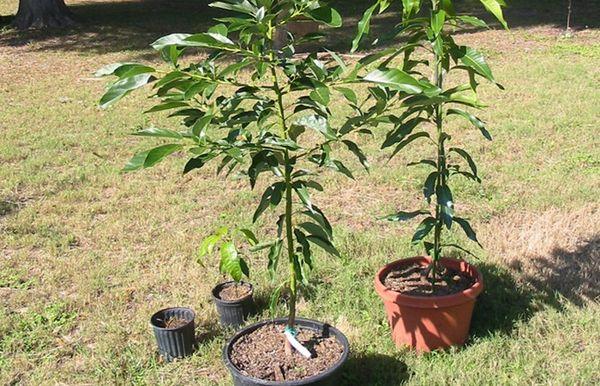

With the subsequent pruning, it must be remembered that the peach bears fruit only on the growths of the last year. The branches must be cut to a replacement knot. Tops and shoots thickening the crown must be removed.
Transplanting a tree into open ground
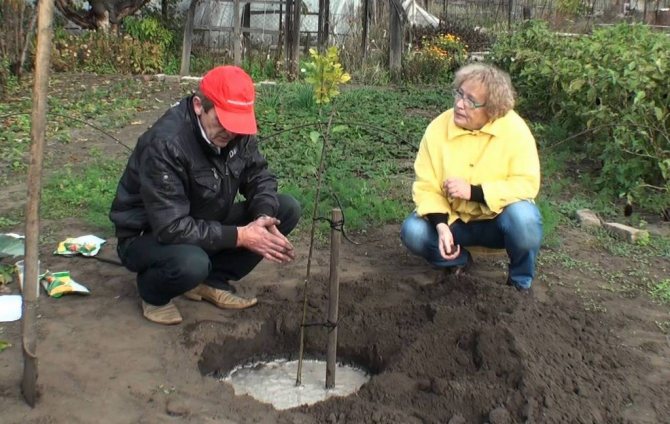

In central Russia, a full-fledged plant can grow in the presence of a winter garden or greenhouse. In an apartment, it is impossible to maintain a suitable temperature (depending on the season). But under ideal conditions, you can achieve that the plant grows up to 1.5 meters. Transplanting a young tree into open ground should be planned for the spring (March-April) or autumn (September). When planting multiple trees, the spacing should be about 4 meters.
On a note!
An adult plant gives shade, this must be taken into account when planting. The place for the growth of the tree must be isolated from drafts and provide good lighting.
To plant a peach seedling correctly, a pit of about 1.5 meters is made for a young plant. Then you need to apply organic fertilizers and dig up the earth. When planting, the tree should stand level without a slope. Gently pour the earth first on the roots of the plant, then level it and tamp it. The circles near the trunk must be thoroughly spilled with water. When the water leaves and the earth dries up a little, you need to mulch it with humus.
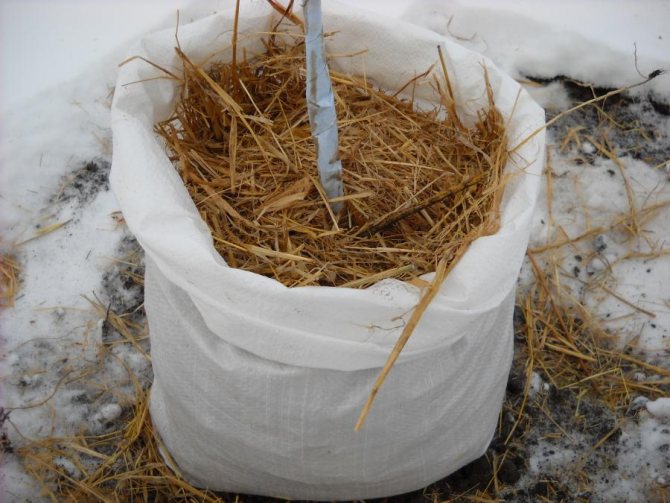

A young plant requires additional care until the adaptation period has passed:
- In winter, the young tree should be wrapped in a bag or covering material.
- Insulate the trunk with glass wool.
- The roots of the plant are also subject to insulation.
- The trunk circle is covered with spruce branches or fallen leaves.
The peach tree has a complex character. The main influence on the yield is provided by tree pruning and constant feeding. The center of the tree must be kept open so that fruits can form on the side shoots. The harvest ripens at the end of summer. The fruits are not stored for a long time. They need to be preserved as soon as possible. Peaches make delicious jam, compotes. They can be dried and used as a dessert.
Growing in the country
The best time for planting peaches in the ground is the last decade of October and the first half of November. First you need to prepare the bones: either soak in water or scarification. To do this, file the casing slightly with a file or slightly chop it with a hammer. It is not necessary to completely extract the seed.
If weather conditions are favorable, seeds can be sown in open ground. Planting depth is 7–8 cm. Choose an open and sunny place - this is an important condition for a peach. Fill the holes with soil, mulch and mark with pegs.
There are 2 classic peach planting schemes.
- There should be a distance of 3 meters between the growing trees. So the tree will form a full-fledged crown over time.
- The "meadow garden" scheme - peaches are planted in a row. Distance between rows - 2 meters, between seedlings - 0.5 meters. So each tree will produce up to 15 fruits.
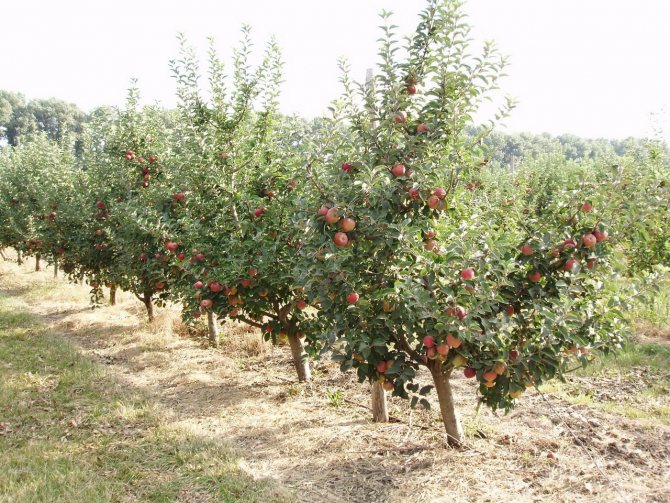

Planting peaches according to the 'meadow garden' scheme
The peach should not be pruned in the first year of life; it should grow freely in order to create a full-fledged central shoot.Water the tree regularly and feed it with compound fertilizers.
In the second year of life, you need to start forming the crown of the peach. In April, when sap flow begins, shorten the axial shoot to form a trunk. In summer, the most advanced shoots can be thinned out.
In peaches planted in a "meadow garden", the stem is not formed. Do spring pruning, leaving two shoots 10 cm above the soil. One of them will grow for fruiting, the second will play the role of a reserve. By the end of autumn, cut off the fruiting shoot so that the second one begins to fully bear fruit. It also needs to be cut off, leaving two shoots: the main and the spare. This pruning scheme should be used in subsequent years. It is called the Fruit Link Principle.
Peach variety selection
On your site, zoned varieties will best take root, that is, those that grow in the local climate. When choosing a peach variety, attention is paid to the following characteristics:
- winter hardiness. If the seedling is supposed to be planted in unprotected soil, preference should be given to winter-hardy and unpretentious varieties;
- self-pollination. Many varieties of peach are self-pollinated. However, for better fruiting, it is recommended to plant several different varieties side by side;
- early maturity. In order for the culture to bear fruit successfully, it is better to plant early varieties.
Early maturing varieties include Winner, Early Rivers, Early Mignon. Winter is well tolerated by early Kiev, Amsden, and such as Krasnodar Nectarine, White Nectarine, Nobles are characterized by high yields.


Preparation of the seed and its germination
First, peach pits are thoroughly washed and dried to prevent rotting. Before wintering, they are placed in a box with wet sand, which is placed in a cool place. The sprouts that have hatched in the spring are transplanted into a pot with soil.
To speed up the process of germination (stratification) of seeds and increase their germination, they are removed from the seeds, and then kept in a bowl of water for several days. They should be immersed in it only halfway so that the plant embryos developing in the seeds have enough air. Waiting for the seeds to swell, the water is renewed every day. And then the sprouts are placed in separate pots with soil. It is important that there are holes in their bottoms to drain excess water.


Peach pits do not need to be germinated indoors. If there is a lot of planting material, then the cultivation of future trees can be started in the garden. This should be done in the middle of autumn. Seed stratification will then take place in vivo. Plants will have time to adapt until spring, undergo hardening and germination tests.
The bones should not be dry. Before planting, they should be soaked in water, as in previous cases. And then - carefully prick on one side.
It should be remembered that trees obtained from seeds begin to bear fruit 2-3 years later than those grown from seedlings. But in the first case, having passed natural stratification, they will be more hardy and less capricious to different weather conditions.
Landing site and soil
The area where future fruit trees are planted should be sunny, without drafts. The soil is preferable for them loose and pre-fertilized with organic matter. In clay soils, in order to avoid stagnation of water, which peach trees do not like, it is better not to plant seeds. For the same reason, it is not advisable to choose low-lying areas for planting. It is good if next to the trees there are some kind of fences that protect them from the wind, or a fence.
It is not advisable to plant plants in an area where old trees have recently been uprooted. Better to wait two or three years with this.And the land on such a site needs to be dug up especially carefully, removing the remnants of roots and possible garden pests. You should be especially wary of the wireworm.
New plantings should be at least 3 meters away from mature trees that may shade them.


Planting technology and care
The process of planting peach pits is simple:
- the soil is loosened, and they are planted to a depth of 10 centimeters;
- for the convenience of caring for plants, the holes for them are placed in a row, observing the distance between them at least 10 cm;
- you do not need to water and fertilize the plantings;
- for the winter this place is covered with grass, leaves, coniferous branches.
In the spring, this protective insulation should be removed, but not completely. Its thin layer will not interfere with seed germination and will be a good protection of the soil from drying out.
The emerging seedlings need to be watered abundantly, fed with diluted humus, mullein (1 to 5), treated with special remedies for diseases - Tiovit or Radomil.


Also, at the end of the season, young trees need crown formation, which consists in a small pruning of the top and the weakest side branches. And next spring, one-year-old plants that have reached a height of up to a meter can be transplanted to a permanent place.

